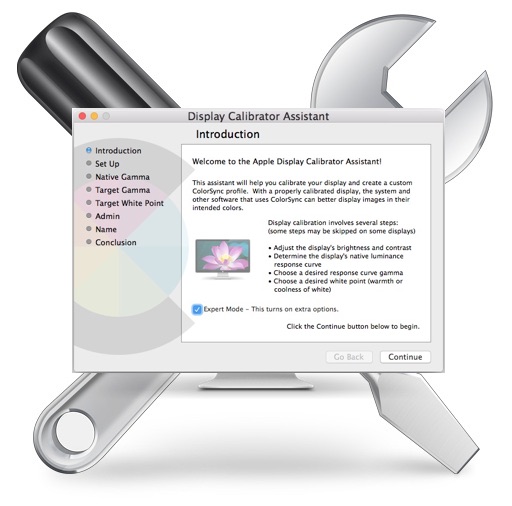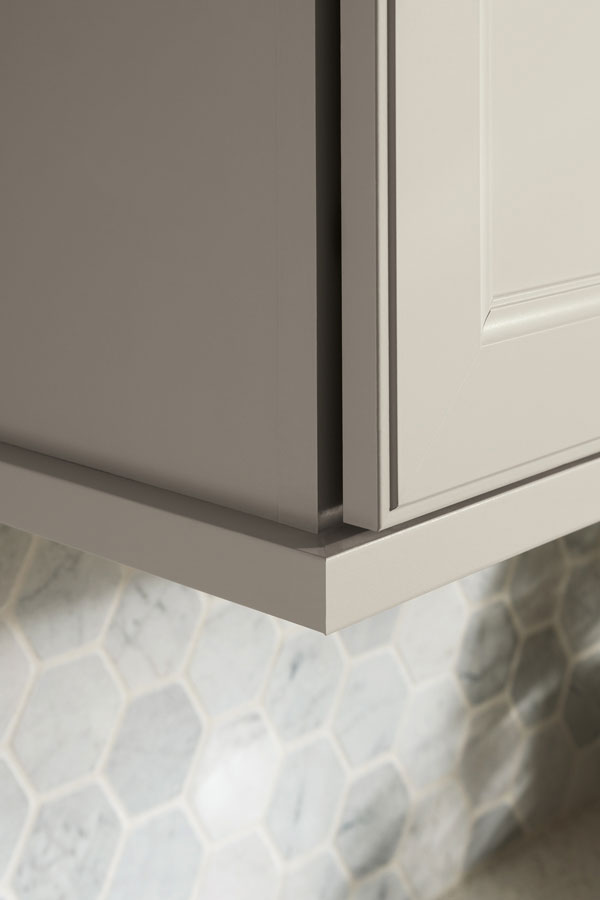Verdict: Calman is the most widely-used color calibration software to test display performance. Depending on the version you choose, you will be able to profile your display or use software to calibrate projectors and professional monitors for video editing up to 4K UHD. Another notable feature is 3D LUT support; also known as Color Cube. Mar 02, 2021 Best free Color Calibration Tools for Windows 10. Download PC Repair Tool to quickly find & fix Windows errors automatically. If you are not satisfied with the way your monitor shows color then. Best free Color Calibration Tools for Windows 10. Download PC Repair Tool to quickly find & fix Windows errors automatically. If you are not satisfied with the way your monitor shows color then.
How do you know that a photo, video or design you are seeing on your monitor will appear the same to everyone else? Well, this is very tricky as all monitors and mobile devices are all subtly different.
You can, however, set your own screen to an industry standard. This will go a long way in helping ensure more accurate color showing for everyone viewing your photography, illustrations, graphic design, videos and more.
Why use a calibration tool for your monitor?
Though monitors from different brands and types of devices will vary in what they show, there is an industry standard that all manufacturers design around. So, calibrating our own monitors will make sure that the colors and tonal values you adjusted in your post processing will be a fairly good representation of the image on other monitors.
It’s also beneficial for our own workflow for all of our own monitors to be adjusted alike. We can try to do this ourselves by playing around with the monitor controls and eyeballing our adjustments against a Macbeth Color Checker. However a better way is to use a calibration tool and the accompanying software.
You may be wondering if your super duper high price special purchase of a monitor requires calibration thought. Yes, it does. There can be minor variations in manufacturing, plus most factory defaults tend towards being too bright. Depending on the brand, the factory defaults could also be a little too vivid or a little weak. Calibrating takes care of that.
How to correctly calibrate your monitor
Keep in mind that each different calibration tool usually comes with its own software, thus the specifics of each step may vary. The basics can also be found online on YouTube or other sites. Here’s one example:
In one search, I found literally hours of video on the subject.

Here are some of the basics:
- Install the software and the device. You will want to have your monitor on for about 20 minutes or so before starting. Even the newest tech monitors need to completely warm up for best calibration.
- Brightness and contrast. The software will probably have recommendations, but this gets the first step done. Proper brightness and contrast gives more accurate colors. You’re not just a black point value, you’re setting black values and white values at the same time.
- Gamma correction. In film photography, gamma is a mathematical curve describing how a film handles exposures within a range of luminance. The toe and the shoulder of the curve described how the film reacts differently at the extremes of the light values it can capture. In digital photography, it still describes light values and the equipment’s reaction to them, but is usually described with a number now.

- Color temperature. If white doesn’t look white, that is because of color temperature. Adjusting the monitor for a proper balance is one of the key parts of calibration.
- Ambient light. Some people like to have different settings profiles for different ambient light they find themselves in most often. Sometimes it makes a little difference. See what the software does and then you choose.
- This is the tool and software deciding what your monitor is capable of.
- Create and save a monitor profile. As your monitor ages, you may need to calibrate again.
- Repeat these steps with each monitor you use. Don’t forget your projectors or printers.
Top 5 Best Monitor Calibration Tools for Photographers, Editors & Designers!
1. Datacolor Spyder5PRO (S5P100) Review (Best Tested(
Coming in first on my list is the very versatile and quite affordable Datacolor Spyder5PRO. For me, this gave me the most accurate results and was the fastest and easiest to use. All in all, I calibrated my monitor in under 10 minutes with this tool.
A huge part of the efficiency and effectiveness of the calibration tool you chose is going to depend on the software. The Spyder software is easy to learn, simple to use. Datacolor Spyder is a well respected brand of calibration tools too.
One of the cool features of the Spyder software is being able to use your own image files in a before and after comparison of the new monitor settings profile vs the uncalibrated profile. When you see it on your own images, you get a real sense of why you chose to calibrate in the first place.
The software guides you through every step of the calibration process. It is extremely easy to use and offers a simple step by step wizard plus advanced options for the serious photographer. There are even easy to understand explanations for terms and for each part of the calibration.
The price was nice, too. For the price of a couple of large memory cards, you can have the peace of mind that you aren’t showing a magenta tinted snowbank to every one visiting your website or online portfolio. Overall a great pick and comes highly recommended!
2. X-Rite i1Display Pro – Display Calibration (EODIS3) Review
X-Rite is another very trusted brand for calibration tools. This higher priced tool has some added features that you may find yourself needing.
One of those features is the mobile device setting capability. It works with Apple iOS and with Android. So, if you use your tablet in the field to monitor your job progress, or perhaps you use your smartphone to display your portfolio to prospective clients, this is one of the best monitor calibration tools for those purposes.

Another very useful feature is the Pantone spot color optimization tool. Pantone is one of the most used color management systems in the world of graphic design, commercial printing, and manufacturing. As a photographer, you can make sure to optimize the color profile to accurately reproduce a brand’s proprietary color.
In basic mode, the software runs quickly. It really isn’t all that hard with any of these tools. The software has advanced mode as well. Really fine tune your displays, use the Pantone spot color optimization for that important and demanding client. Tweak your own particular preferences for your unique photographic style.
This calibration tool is a little more expensive than others, but it’s worth it if you need any of those specialty features. The portable color checker adds in value, too.
3. X-Rite ColorMunki Smile (CMUNSML) Review
For photo hobbyists, design enthusiasts, gamers and web viewing, ColorMunki Smile is a cost effective way to calibrate your monitors for better color and performance.
Besides the device and the software, it also comes with video tutorials, ready to view. Quite helpful for nervous hobbyists just beginning to think of monitor calibration needs.
Be sure to download the most recent version of the software. It should prompt you to do so, but if it doesn’t, simply follow the software instructions.
Even with a simplified interface, there is a lot to work with. It also supports Apple iOS, so your Apple mobile devices can be matched to your other computers.
4. X-Rite ColorMunki (CMUNDISCCPP) Review
Professional, advanced results, with a simple to operate software interface. What’s not to love? Well, it does cost a fair bit more than some other, mostly comparable calibration tools.
But, you get a lot of functions and an easy way to access them with this device and software.
Using the color checker passport alone will change your photography forever. It is really quite remarkable just how bad the white balance of your camera is sometimes. Use this wonderful little tool as often as you can. Besides what we already mentioned here, there are some online tutorials that walk you through how best to that.
Use this calibration tool to create a profile for any digital projectors you use, too. Designers are used to this thought, but sometimes we photographers forget about it. If we display via a projector for any reason, it should be calibrated for best display accuracy.

5. Datacolor DC S3P100 Spyder 3 Pro Review
Color Calibration Software
One of the big deals about this tool is that it measures the largest area of screen of all of these best monitor calibration tools. That can mean a higher level of accuracy on certain types of screens.
A large suction cup and a counterweight adds to the physical versatility of this tool. If you on a curved display, even this bigger suction cup might not hold the device. Hand holding the device is easy enough, it’s lightweight, but getting to the settings might prove to be problematic. You can always dangle it over the screen with the cord.
New software enhancements are something to look at, too. More precise control over white point and gamma, a new option cuts re-calibration time in half, and the SpyderProof function is an enhanced level of color control that can help save time and money in printing.
Designed specifically with digital photographers in mind, the software won’t confuse you or take you on side trips that aren’t necessary for your calibration.
Priced right about in the middle of the best monitor calibration tools, a professional or an advanced amateur photographer will find it a bargain for what it brings to table.
If you are a professional photographer, there are some basic unspoken rules that can help you out. Good for advanced hobbyist, too. Maybe we should get into the habit of speaking about some of these of things. They aren’t industry secrets, but it sometimes surprises me to see a fellow photographer struggling with something that is easy to fix.
Best Tv Color Calibration Tool
Insure yourself and your stuff. One small accident can result in a ton of trouble. Be sure you’re covered. Some photographic memberships you can subscribe to come with a moderate level of insurance. It’s not just your equipment, we have to concern ourselves with liability also. To learn more about photography, check out my guide on some great online photograph courses.
Calibrate your monitors! Industry standards are just that, a standard. Be as creative as you want to be, but start out with the most accurate view possible of all your images.